
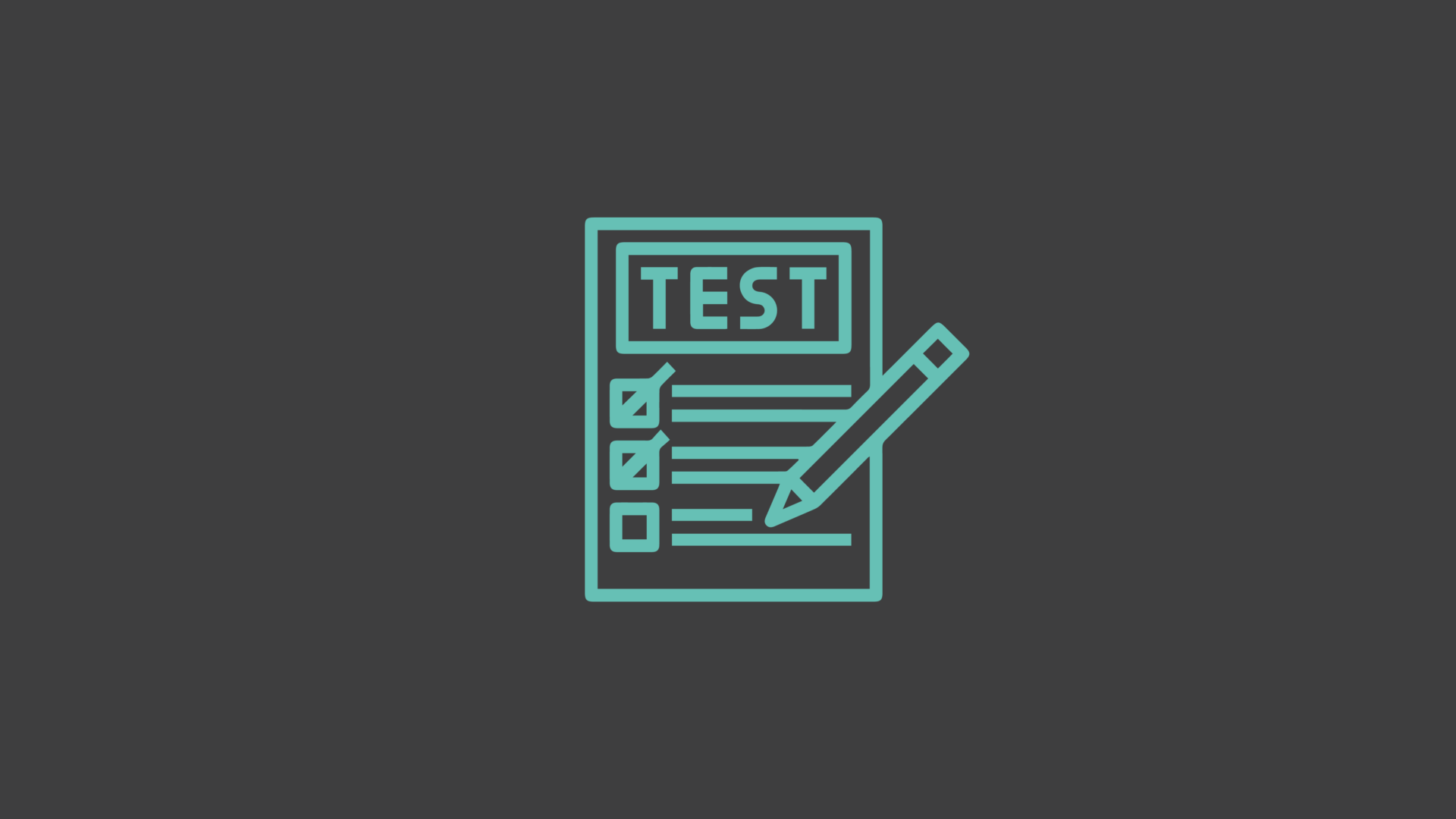
How To Test A Business Idea & Concept In 2024
14 June 2024
A Guide To Testing Business Ideas
Birthing a new business idea is exhilarating, but before your brainchild can reach its full potential, it must be carefully tested, refined and proven to be viable. Understanding what a business concept entails and how to stress test a business idea without spending a fortune are key components in this process.
Welcome to our comprehensive guide to testing business ideas, a roadmap designed to navigate the testing terrain, steering your idea from conception to reality. Whether you’re exploring various business concept types or learning how to test if a business idea will work, this guide will assist you.
Jump to the following sections:
Why Test Your Business Idea?
Testing your business idea is a critical step not to be overlooked, with numerous merits worthy of consideration. After all, a brilliant idea on paper may not necessarily resonate with your target audience or prove viable in the real-world marketplace. Before diving into business concept development, it’s crucial to understand how to test a business idea.
Comprehending the perils of skipping this important phase is vital. Imagine you’ve spent copious resources, of both finance and time, developing a product or service only to discover that it doesn’t meet the expectations or needs of your intended consumers. The adverse consequences of this oversight could range from financial loss to a significant blow to your company’s reputation.
This is why knowing how to test an idea for a business is essential. The story of a business venture collapsing under the weight of an untested idea is a tale as old as entrepreneurship itself. It underlines the fact that the road to success is fraught with potential hazards, many of which can be mitigated or even avoided through prudent and thorough testing. Learning how to test a new business idea can save you from these pitfalls.
How To Develop And Test Your Business Hypotheses
Formulating a business hypothesis means making educated guesses or predictions about your business idea, based on your current knowledge and understanding of the market. This is a critical stage in business concept development. Without clear and testable hypotheses, your business idea testing could become a haphazard, aimless endeavour, yielding no actionable results. Hypotheses that are both explicit and testable provide a focused approach to testing, thereby increasing the likelihood of obtaining meaningful insights.
Define your research objectives
Clearly outline the goals and objectives of your testing process to ensure a focused and structured approach. This is essential in how to test the viability of a business idea.
Gather relevant background information
Conduct thorough research to understand the industry, market trends, customer preferences, and competitor landscape to inform your hypotheses.
Formulate your initial hypotheses
Based on your research, create clear and specific hypotheses that outline your assumptions about the market response to your business idea. This forms the basis of your business concept model.
Identify key variables and metrics
Determine the variables and metrics that will be measured and analysed to evaluate the validity of your hypotheses.
Select appropriate testing methods
Choose the most suitable testing methods based on your hypotheses, such as surveys, interviews, prototype testing, or market experiments. Knowing how to test a business idea without spending a fortune involves selecting cost-effective methods.
Develop testing materials
Create the necessary materials and tools for data collection, including surveys, interview guides, prototypes, or experimental designs.
Collect data
Implement your chosen testing methods to collect relevant data from your target audience or market. Ensure data collection is conducted in a systematic and unbiased manner. Read more in the section below.
Analyse and interpret the data
Analyse the collected data using appropriate statistical or qualitative analysis techniques. Interpret the results to draw insights and conclusions.
Evaluate the hypotheses
Compare the findings from the data analysis with your initial hypotheses to determine if they are supported, refuted, or inconclusive.
Iterate and refine
Based on the results, iterate and refine your hypotheses if necessary. Adjust your assumptions and develop new hypotheses for further testing, incorporating the lessons learned from the previous round. This iterative process is crucial in business concept testing.
Repeat the testing cycle
Continuously repeat the testing cycle, refining and testing new hypotheses as you gather more data and insights. This iterative process helps to refine your business idea over time. Understanding how to stress test a business idea is key to ensuring long-term viability.
Read more about this in the section below.
By following these steps, you can systematically identify and test your business hypotheses, gaining valuable insights and data to validate and refine your business idea before moving forward. This approach is essential for developing tips to develop the best business concept.
Market Research
Market research acts as the compass guiding your business venture, shining a light on unseen aspects of the market. It is the backbone of validation, a cornerstone in the edifice of any successful business. It’s vital to differentiate between a business concept vs business idea during this phase.
As an example, suppose you aim to launch an eco-friendly apparel brand. A comprehensive market research would encompass understanding the customer’s willingness to pay for sustainable products, the existing competition, and the market’s overall growth trajectory.
READ: 3 Simple Steps To Conducting Competitor Analysis
Target Market
Next in line is comprehending your target market, a factor that cannot be overstressed. Knowing your target market is like knowing the rules of a game; without this knowledge, playing is futile. This understanding forms a core part of the business concept ideas stage. It’s the audience that will receive your product or service, the group of consumers whose needs you aim to meet.
For example, it’s understood that while millennials may be more inclined to invest in sustainable clothing, older generations may place higher value on traditional apparel. An intimate knowledge of your target market allows you to tailor your product or service, ensuring it is well received.
READ: How Much Time And Money Should Seed And Series A Startups Spend On Market Research?
Further business testing basics are below, and include more detail.
Data Collection and Analysis
Having embarked upon the journey of business idea testing, one quickly encounters the critical stage of data collection and analysis. This phase forms the heart of the process, a gold mine of information waiting to be unearthed.
Data collection tools
Today, there’s an impressive array of instruments at one’s disposal. These tools are essential in how to test a business idea.
- Online surveys can be a cost-effective means of reaching a wide audience, with platforms such as SurveyMonkey offering a plethora of customisation options.
- Social media analytics, provide insights into audience demographics and engagement patterns.
- Offline, traditional methods like interviews, focus groups and observational studies continue to be valuable, especially for gaining qualitative insights. Understanding the different business concept types helps in choosing the right tools.
Analysis and interpretation
Analysis and interpretation means deciphering patterns and extracting meaning from the collected data. Quantitative data analysis may involve statistical tests or trend analysis, while qualitative data could be parsed through coding or thematic analysis. For example, responses to an online survey could be statistically analysed to identify significant trends, while focus group discussions might be examined for recurring themes or sentiments. Effective analysis is key in a business concept test.
Actionable insights
Crucially, the end-goal of this process is not merely understanding the data, but translating it into actionable insights. The key lies in transforming the raw, uncut gem of data into a polished diamond of knowledge. In other words, turning the abstract into the tangible. For instance, if data shows that a significant number of potential customers consider your proposed product too expensive, an actionable insight might be to reconsider your pricing strategy or identify ways to demonstrate increased value. These insights are crucial in how to test if a business idea will work.
READ: The 4 Most Common Results You’ll Get From Your MVP And What They Mean
Utilising Feedback Loops
A feedback loop is a powerful tool that embodies a continuous cycle of obtaining, understanding, and acting on user feedback to refine your business idea. Central to the functioning of this loop is the concept of a Minimum Viable Product or MVP. This is an important stage in testing business ideas.
So, what exactly is an MVP? An MVP is a simplified version of your product, carrying just enough features to satisfy early customers while also providing feedback for future development. It’s a beachhead, the first step in the journey towards a fully realised product. The MVP’s importance stems from its ability to minimise risk. It enables you to gauge customer response and iterate your product based on actual feedback, rather than assumptions.
The process of creating an MVP is similar to sculpting: you begin with a block of stone (your business idea), and you slowly chisel away, focusing on the most essential features that deliver value to your customers. This process is part of the business concept development phase.
Once the MVP is in the hands of customers, the feedback loop comes into full effect. It’s about continuously listening to customer responses, learning from their experiences, and making iterative improvements to the product. With each loop, your product evolves, moving closer to a version that fully satisfies your market’s needs. This is how you effectively stress test a business idea.
Read our comprehensive guide: 18 Types Of Minimum Viable Product (MVP) That Won’t Break The Bank
Pitfalls to Avoid in Business Idea Testing
Here are some common business testing mistakes and how to avoid them:
Confirmation Bias
Avoid favouring information that confirms pre-existing beliefs or hypotheses. Embrace objectivity and all the data, even if it contradicts initial assumptions.
Poor Data Collection Methodology
Ensure robust data collection methods. Use stratified sampling where necessary and formulate neutral, precise questions.
Rushing the Process
Testing a business idea needs time. Don’t rush it to ensure you gather comprehensive data and insights.
Tips on dealing with inconclusive or negative results:
Inconclusive Results
These might hint at the need for a refined hypothesis or a different testing method.
Negative Results
Treat these as signposts suggesting a new direction or further exploration. A failure might signal the need for a pivot, which could lead to success, as in the case of cross-platform instant messaging service Slack. Understanding business concept vs business idea helps in analyzing these results.
Post-Testing Actions
Once the dust of business idea testing settles, the landscape may look different than what was initially anticipated. It’s the moment of reckoning, where interpretation of results unfolds and decisions about the future are made.
Interpreting results
You need to delve into your data and extract insights before formulating a plan based on your findings. For example, if testing revealed a high market demand for your product, the next step could be a full-scale launch. Alternatively, if the data uncovers minor issues, you might decide to tweak your product and retest before going any further.
A particularly important decision post-testing is whether to pivot, persevere, or abandon the idea altogether. Visualise these options as forks in your entrepreneurial road.
- To pivot is to drastically change one or more aspects of your business model because testing has shown that a different approach may be more effective. For instance, if your eco-friendly clothing brand is not resonating with older demographics, you might pivot to target younger, more environmentally conscious consumers. This is a critical stage in business concept development.
- Perseverance is chosen when your idea has shown promise but needs further refinement or a longer time to penetrate the market. It’s like a seed sprouting; the plant is alive but needs more care to grow.
- Finally, abandoning the idea is considered when testing indicates the business idea is fundamentally flawed or the market is non-responsive. It’s a tough decision, but sometimes, letting go allows for new, potentially more successful ideas to be born. Evaluating business concept types can help in making this decision.
The path after testing is one of careful interpretation, critical decision-making, and strategic planning. Whether you pivot, persevere, or abandon the idea, remember that every outcome, whether perceived as success or failure, is a stepping stone in your entrepreneurial journey. Here are 5 elements to include in a business concept to ensure comprehensive evaluation: market need, target audience, unique selling proposition, revenue model, and growth potential.
If you’re pitching for funding to strat of scale your business, why not book into a complementary Fundraising Strategy Session to learn more about our approach to convincing investors?
How To Raise Capital For Your Business
Investable Entrepreneur takes you through our winning methodology – the process we use to increase our client’s chances of raising investment by more than 30x.
“This book will help you translate your entrepreneurial vision into something investors can get behind.”
Daniel Priestley, CEO and founder, Dent Global and four times best-selling business author
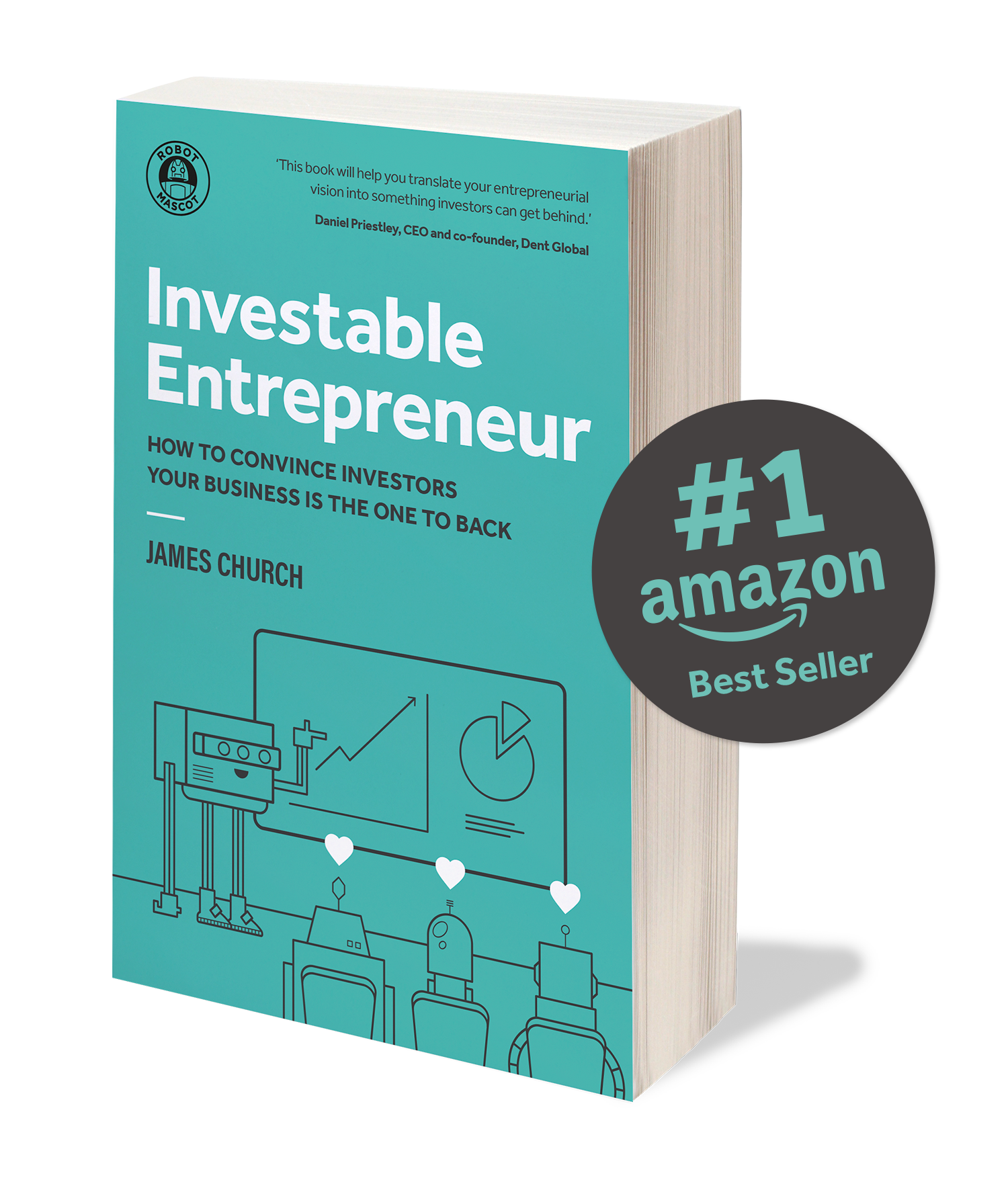
Keep up to date with what we’re up to via email
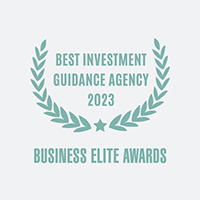

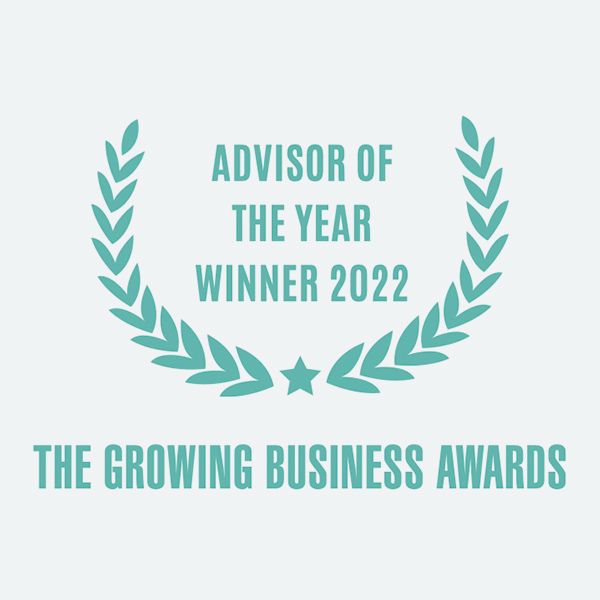
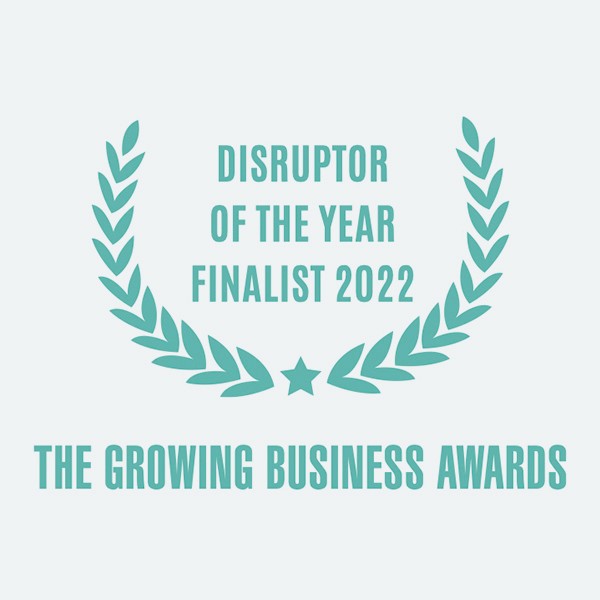
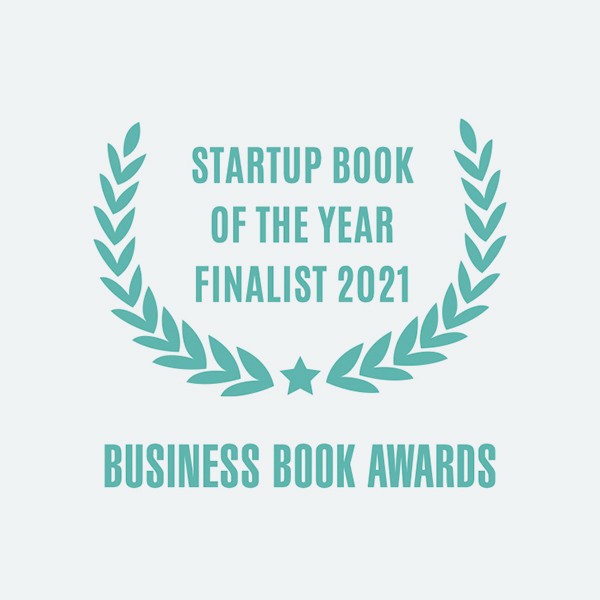

Copyright ©Robot Mascot Ltd. All rights reserved.







